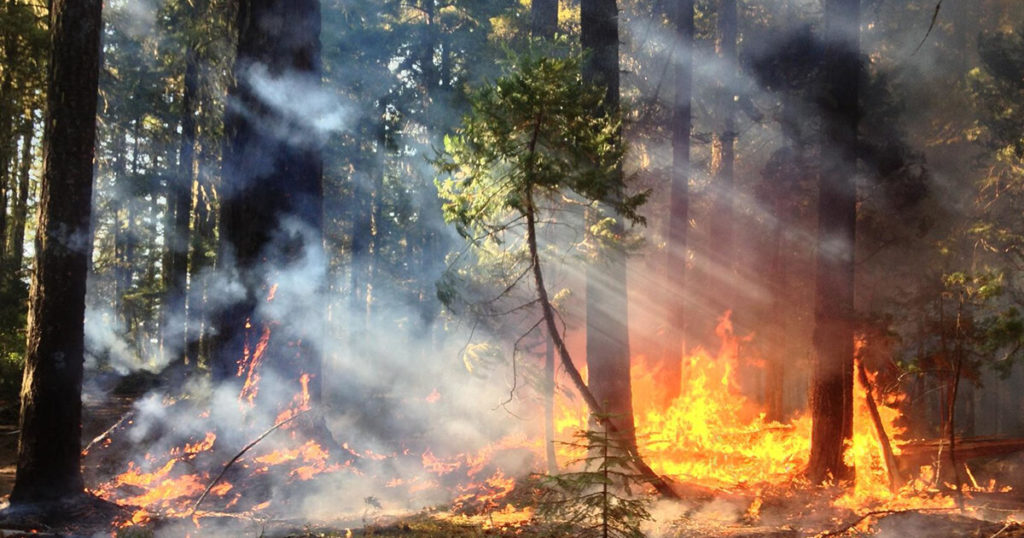
When we speak of climate change, we count. Numbers chart sea-level rise, record highs, acreage incinerated by wildfire, extinct or endangered species. Numbers make sense to us. But they are always an abstraction. They dematerialize what they record. Life and death become data. Think of the numbers ticking higher (dollars, gallons) as you stand at the pump. It’s a fine irony that counting is the first tool we have for representing and perhaps defending against the emergency our way of life has produced.
Count, the title of Valerie Martínez’s book-length poem about climate change, calls to mind a countdown, an ultimate accounting. But it also suggests a demand to do or to say something that will count. Then there is the question Count raises and addresses by example: what specifically can poetry, the art of numbers, contribute to thinking about our crisis?
Like Martínez’s poetry collection Each and Her, a finalist for the Pulitzer Prize, Count combines multiple genres, including lyric and verse essay. It unfolds in unrhymed free-verse couplets grouped in numbered sections of varying length. The excerpts that follow begin with section 17.
One of the conceptual challenges posed by climate change is how to establish a point of view from which we can see the whole, when the crisis is all around us and news is coming from every direction. The poem’s consistent pattern helps hold together its swirl of disparate subject matter and insists that we think about juxtaposed facts and images—fires in the Rio Grande Valley, floods in the Midwest—in relation to each other.
Martínez keeps returning to scenes in her native New Mexico, but her point of view reaches across the planet. Her poem’s perspective is global. She makes room for various opinions also—not in the interest of a misapplied ideal of journalistic “balance” or “fairness” but to try to inhabit the range of human response to the crisis. So we hear from a climate change denier with videos on YouTube, and from the poet’s nephew, whose evangelical education gives him “supreme confidence / in the sovereignty / of the human race.” In an achingly touching gesture, the child puts his arm around his aunt and tells her “not / to worry. God / will take care of it.”
The poem reaches back in time, too, to contemplate the world views of Native people like the Selk’nam in Patagonia (one of the last indigenous groups to encounter white colonizers) or the Wintu in what is now Northern California.
Martínez stresses the poignant interconnectedness of living things, whether she is contemplating the group death of bottlenose dolphins in the Pacific, “Immuno-suppressed / by heat stress” and communicating disease “in their close-knit pods,” or the brave Granite Mountain Hotshots, burned alive in “their silver, pod-like heat bags.”
One of those firefighters, excruciatingly, was left to watch the other 19 die. He could do nothing else. Can we? At times in Count the answer seems like no. But another function of the form of the poem is to encourage a certain emotional discipline. Panic forestalls practical action and must be resisted. Patiently, the poem asks the reader to keep on, and keep it together. Pay attention, it says. Hold to the long view, and a wide view. Count to a hundred if necessary. Then begin again. Count.

